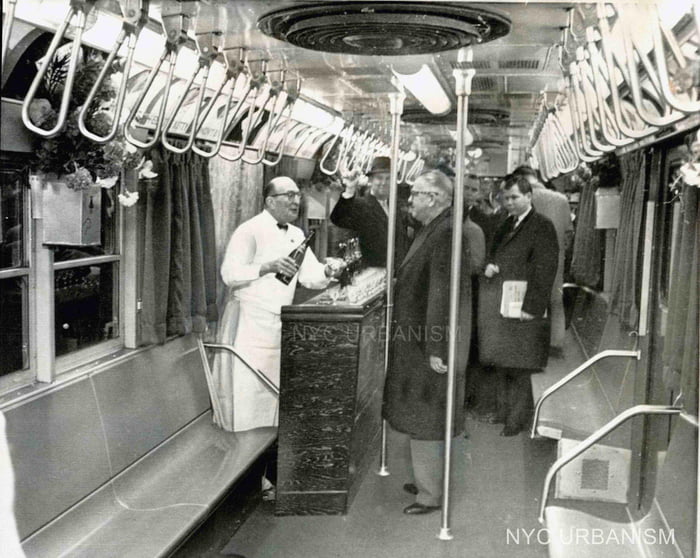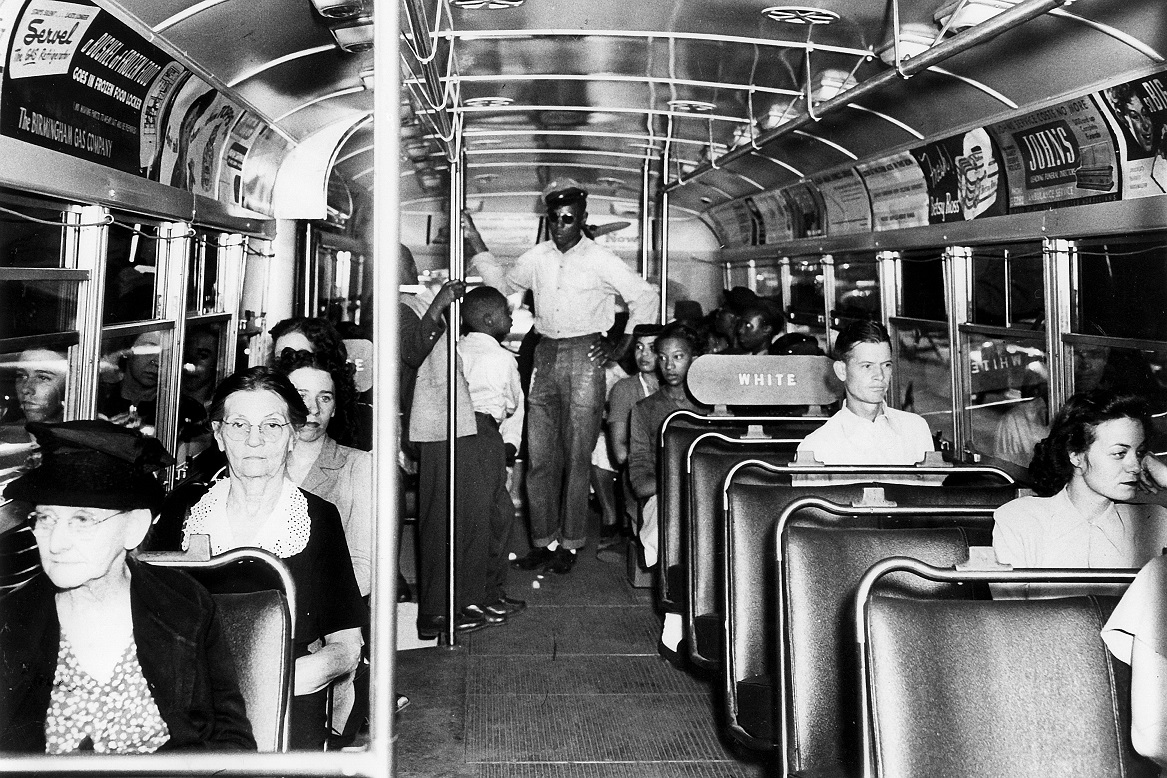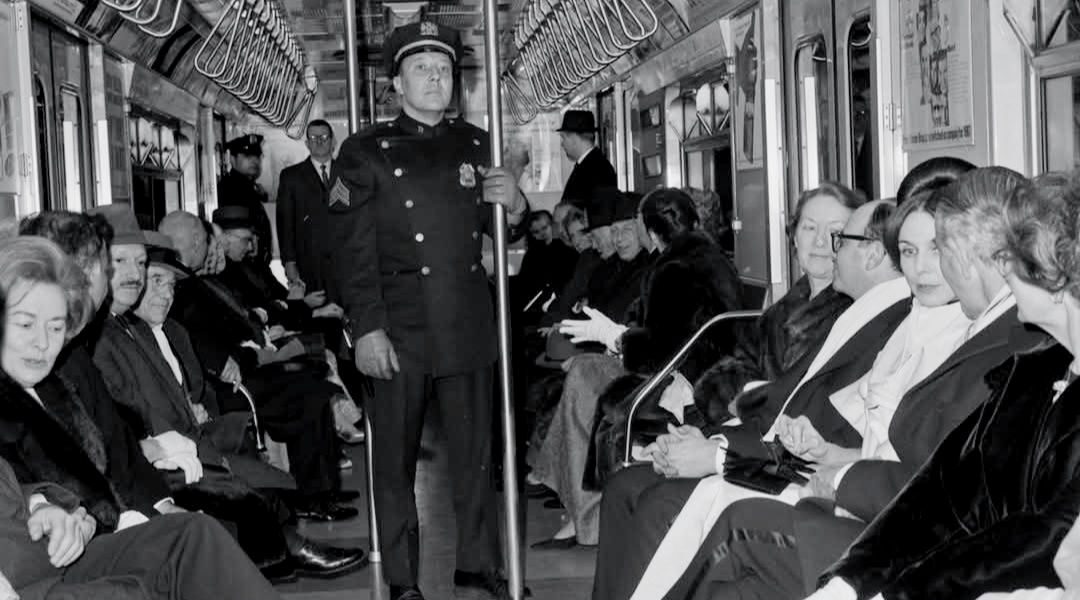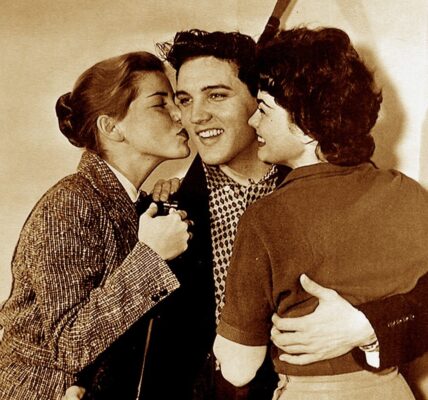New York Subway in the 1960s: A Decade of Grit and Change
The New York City subway system in the 1960s was a place of stark contrasts—a vital lifeline for millions of commuters, yet increasingly plagued by decay, crime, and financial struggles. This decade saw the subway transition from the golden age of urban transit to an era of mounting challenges that would define the system for years to come.

A Massive but Aging System
By the 1960s, the subway had already been in operation for more than half a century, serving as the beating heart of New York City. With over 200 miles of track and hundreds of stations, it remained one of the largest and most heavily used transit networks in the world. However, years of underfunding and deferred maintenance had begun to take their toll. Crumbling infrastructure, frequent breakdowns, and aging subway cars frustrated daily commuters.

Despite these issues, the subway remained the most efficient way to navigate the city. The 5-cent fare, which had been in place for decades, finally increased to 10 cents in 1966, marking the beginning of rising transit costs for New Yorkers.

Crime and Vandalism on the Rise
As New York City itself grappled with rising crime rates, the subway was no exception. By the late 1960s, incidents of theft, assaults, and vandalism became more frequent. Many passengers, especially late at night, feared for their safety in the dimly lit, graffiti-covered stations and cars. The subway’s reputation began to shift from a symbol of urban progress

The rise of graffiti in the subway system during the late 1960s was both an act of rebellion and a form of urban expression. Though initially seen as mere vandalism, subway graffiti would later become an iconic part of New York City’s cultural landscape, particularly in the 1970s and 1980s.

The Push for Modernization
Recognizing the subway’s declining state, officials sought ways to modernize the system. In 1968, the newly formed Metropolitan Transportation Authority (MTA) took over subway operations, replacing the old Transit Authority. The MTA promised new trains, better service, and improved infrastructure, though these changes would take years to materialize.
A Reflection of the City
The 1960s subway experience was a microcosm of New York City itself—gritty, fast-paced, and filled with a diverse mix of people. From businessmen in suits to working-class laborers and students, the subway remained an equalizing force, bringing together New Yorkers from all walks of life.

Though the system faced decay and disorder, it also embodied the city’s resilience and constant evolution. Despite its troubles, the New York subway remained an irreplaceable part of urban life, setting the stage for the major transformations it would undergo in the decades to follow.


